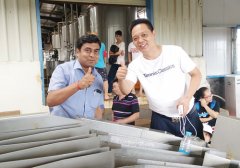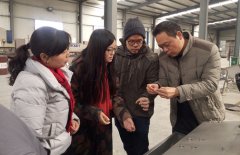Fruit processing aims to retain the taste and nutrition of fruits, and improve their storability and convenience to transport. Fresh fruits contains more nutrition, but their texture is soft and the water content is high. They are susceptible to microorganism and physical or chemical factors. Fruit processing is significant to take full advantages of fruit resources and adjust market supply. Generally speaking, there are 5 ways to process fruits: drying, brewing, juicing, sugar preservation, and canning.
Drying: exclude water in fruits
Fruit drying is to exclude water content in fruits by heating or other means. It is an effective way to reduce the water content and water activity, so as to inhibit microbes growth and extend conservation time. There are natural and artificial drying, which can be combined. As an industrial fruit process technology, artificial drying is more widely applied.
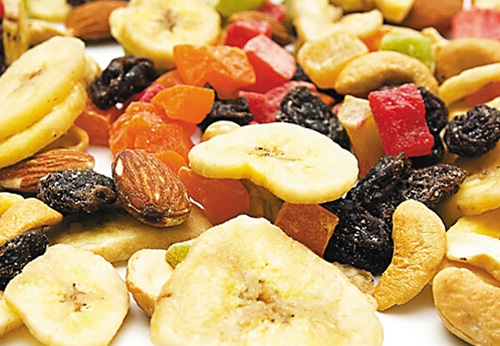
Brewing: make wine with fruits
Brewing is to convert sugar in fruit or fruit juice into alcohol through fermentation, and prohibit microbes growth at the same time. Fruit wine needs no glycation before fermentation or distillation after that. The alcohol content in fruit wine is between 10% to 15%. Thanks to high extracts content, fruit wine tastes mellow and mild, and contains more nutrition. In fact, grapes, apple, pear and citrus are all brew materials. But grapes dominate the fruit wine industry because they are rich in sugar, acid and natural yeast. These yeasts contained in fruit pulps induce fermentation, which is the process of natural fermentation. Artificial fermentation is to add cultured wine yeasts in order to control the fermentation course.
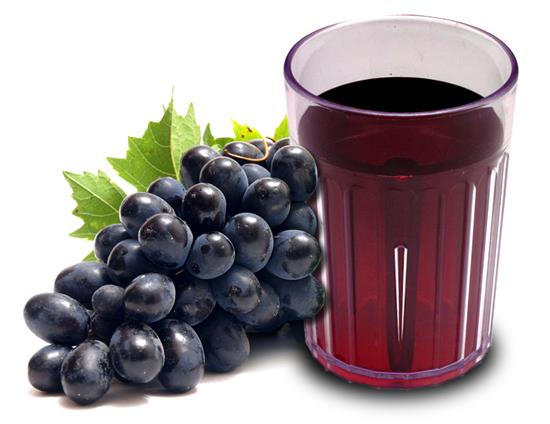
Juicing: extract juice from fruit
Juicing is the process of extracting juice from fruits. Juice is actually the sell sap of fruits. Juicy fruits like orange, pineapple, grape, mango are all suitable for juicing. Apple and grape are usually made into transparent juice, while orange juice are cloudy. AGICO has developed high quality fruit juice processing line for juice making, which adopts advanced process technology to promote fruit processing efficiency.
Concentrated juice are made of original juice and added with juice of the same kind to adjust the composition. With its concentration 3-6 times that of original juice, concentrated juice must be diluted before drinking. There are 40%-60%, sometimes over 65%, of soluble solids in concentrated juice. Juice powder is a further form of concentrated juice, with the water content of 1%-3%.
Sugar preservation: a storage technology
Sugar preservation is a storage technology. It requires to immerse fruits in high concentration water solution, in which sugar permeate through the fruits. The microbes are inactivated because of water loss. Sugar fruit products include preserves and jams. Preserves retain the original form of fruit but contains 55%-70% of sugar. Jams are different from fruits in forms, with sugar content up to 60% or more. Normally, fruit jam still contain some solids, but fruit purees represent semi-solid and uniform texture.
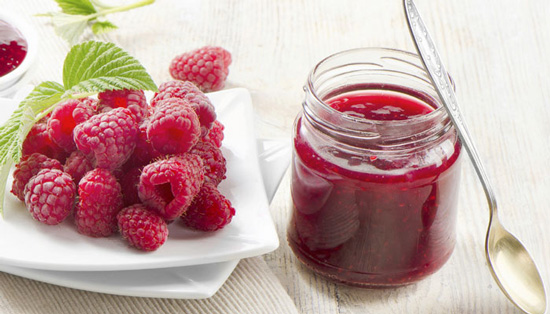
Canning: fill fruit products in containers
Canning is to fill and package fruit products in airtight container. Usually there will be subsequent sterilization processes. Canned foods are convenient to preserve, carry and transport. Before filled, cans must be sterilized to meet commercial standard. It forbids microbes that can spoil food or cause disease, but allows heat-resistant and harmless bacteria and acid nonresistant microbes in acid food.


